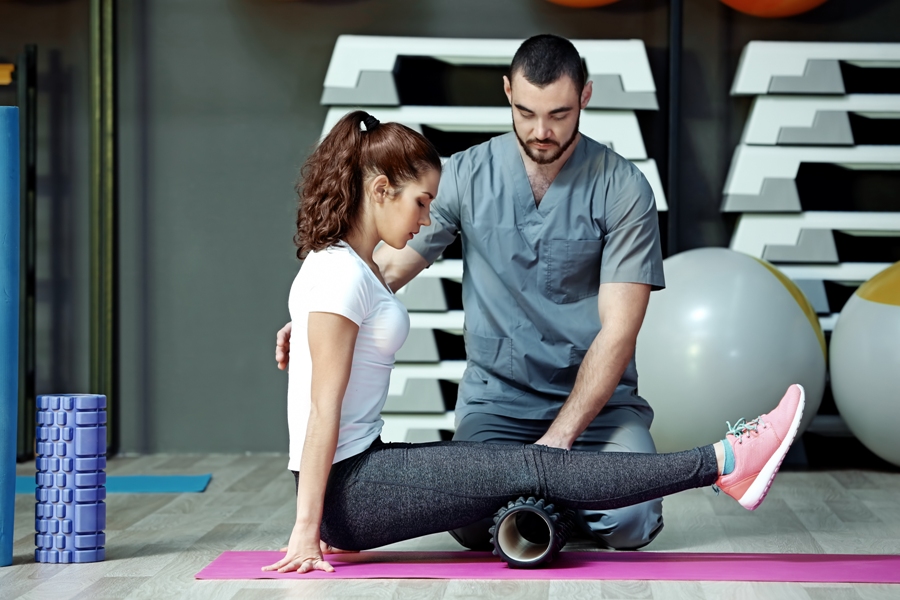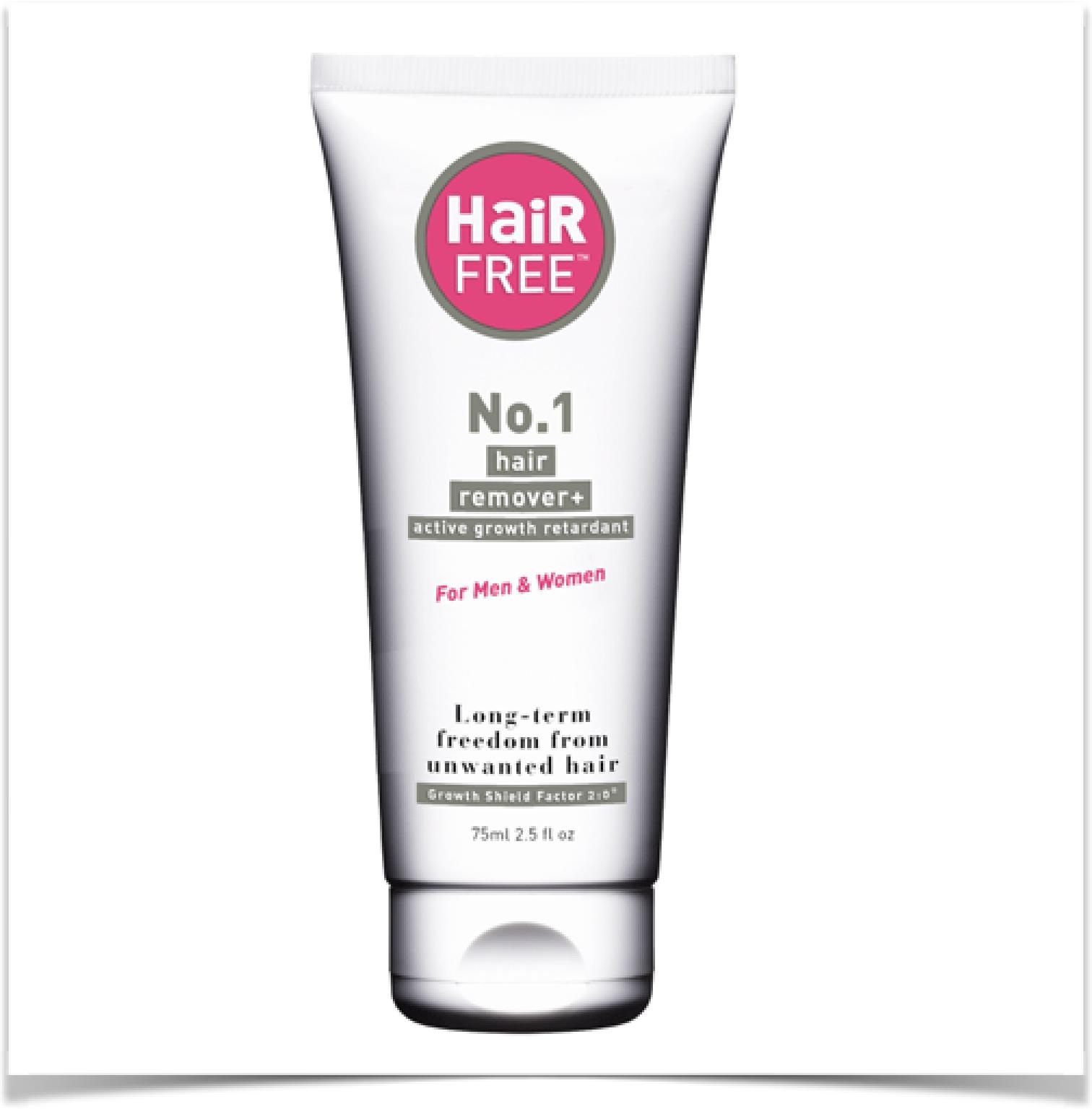Regular exercise can have a huge positive effect on your body and mind, boosting your mood, helping to control symptoms of depression and anxiety and of course leaving you toned and healthier. Unfortunately, it can also leave you aching, cramped and gasping for breath, especially when you’re still getting used to your new routine. The painful after-effects of exercise can put you off in the early stages, so today we’re looking at how you can recover faster and feel better!
Hydration
Getting dehydrated is one of the side-effects of exercise, and one of the things that can contribute to post-workout aches and pains. Dehydration can lead to muscle pain and cramps so make sure you hydrate before and after your workout - and if necessary during!
Don’t stop at just water. When you dehydrate you also lose electrolytes - the salts dissolved in your body’s fluid reserves. These have important roles to play in all sorts of ways throughout your body. They contribute to regular heart rhythm, fluid balance in your cells and transmitting impulses along your nerves to your muscles among many other things.
Use hydration tablets or isotonic sports drinks to replenish your electrolytes after you work out, and avoid the worst cramps and exhaustion.
Stretching Out
Warming up and stretching needs to be a vital part of your exercise routine. This prepares your muscles and circulatory system for the exertion that’s to come as part of your workout. Exercising without this important preparation carries a higher risk of injury, from pulled or strained muscles to torn ligaments.
Conversely, a routine that includes warm ups and warm downs before and after will help you recover faster, feel less sore and stiff and ready to go!
Plan Your Build Up
Enthusiasm for a new exercise routine is great, but it can lead to you overcommitting. If you plunge into a 10k run the same day you buy your first pair of running shoes you’ll likely be close to immobile the next day!
Plan your routines so you can build up your strength and endurance over time. Whether you use apps, online research or a personal trainer, make sure you follow a plan that takes you from your level of fitness when you start out to where you want to be in a sustainable way.
The Right Equipment
Make sure you have the right clothes for your workout - exercise gear that lets you move freely and wicks sweat away from your skin for less uncomfortable time. The most important thing to get right is the shoes! You need shoes that give you the right support for the exercise you’re doing - running on pavements and paths needs a different kind of shoe to indoor weightlifting, or cross country running, so plan ahead and make sure you’re giving yourself the right protection to avoid discomfort.



